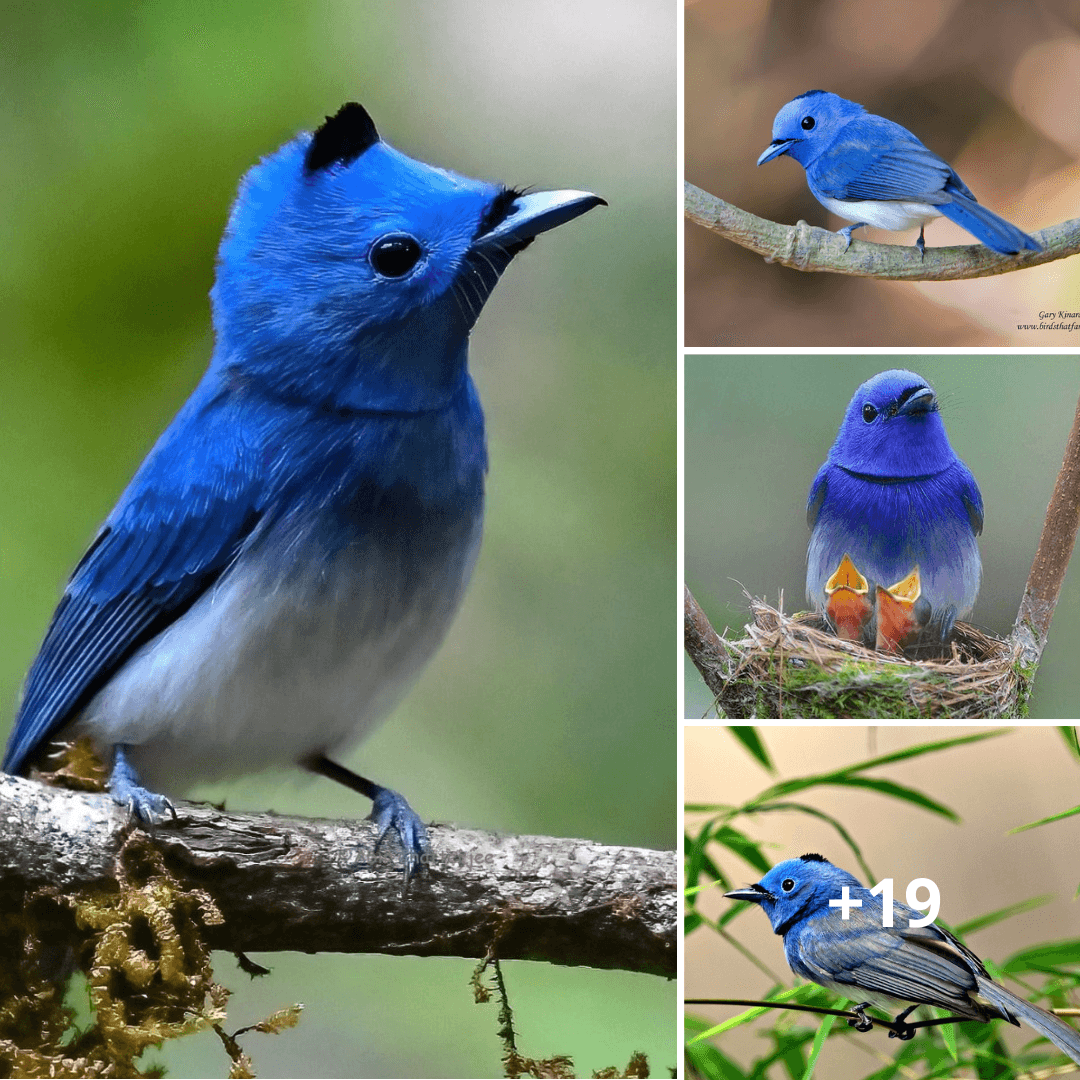The black-headed king, a small passive bird that has attracted the attention of bird enthusiasts with its brilliant blue plumage and fascinating behaviors, this bird is not an attractive subject to study and admire
Pho Nguyen
- 19 Apr 2024

One of the most notable examples of sexual dimorphism is the black-naped monarch, which is distinguished by its brilliant blue feathers.
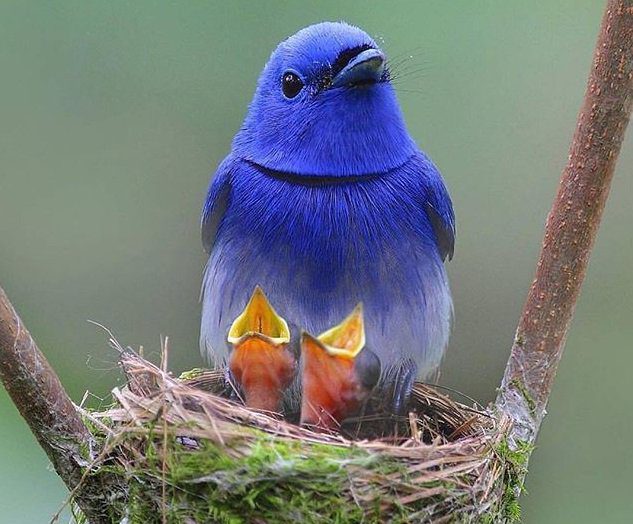
Males are distinguished from females by the presence of a distinctive black patch on the back of their heads and a black half collar that is slender in appearance. On the other hand, females have wings that are colored in a more modest olive brown and have black patterns on their heads.

A bird that is well-known for its mesmerizing call, which is similar to the call of the Asian paradise flycatcher, the black-naped monarch frequently participates in mixed-species foraging flocks inside tropical forest settings. In the realm of bird cooperation and interaction, these flocks display a dynamic spectrum of behaviors.
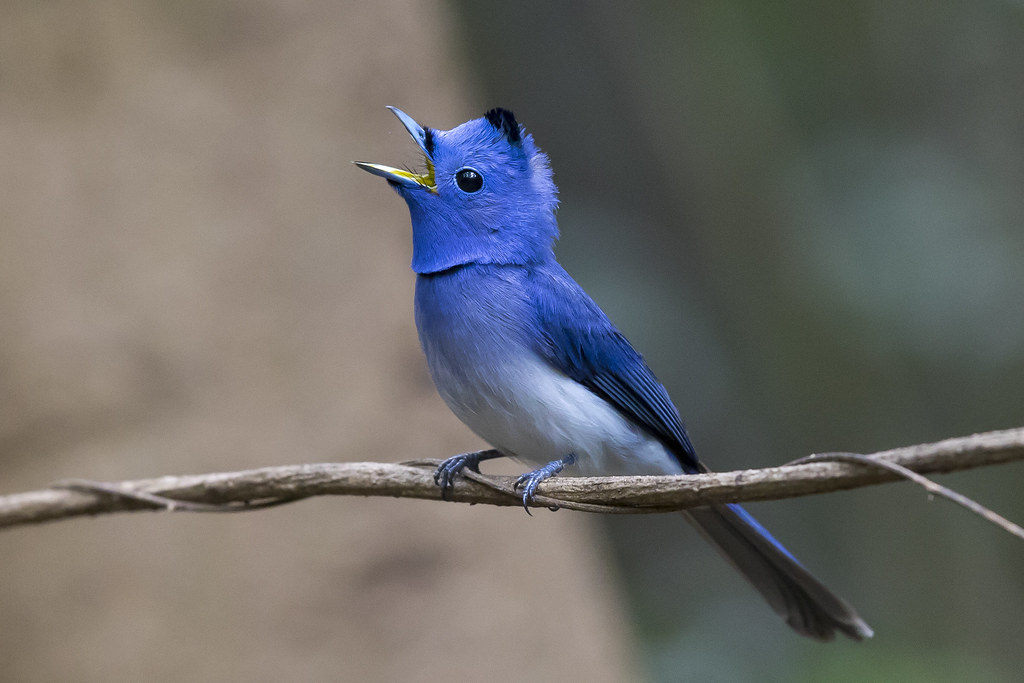
There are a variety of well-wooded habitats and dense forests that are included in the breeding range of the black-naped monarch, which extends from India and Sri Lanka to Indonesia and the Philippines. Despite the fact that the species is primarily found in these places, it does display seasonal movements that are peculiar to the area, which contributes to its dynamic behavior patterns.
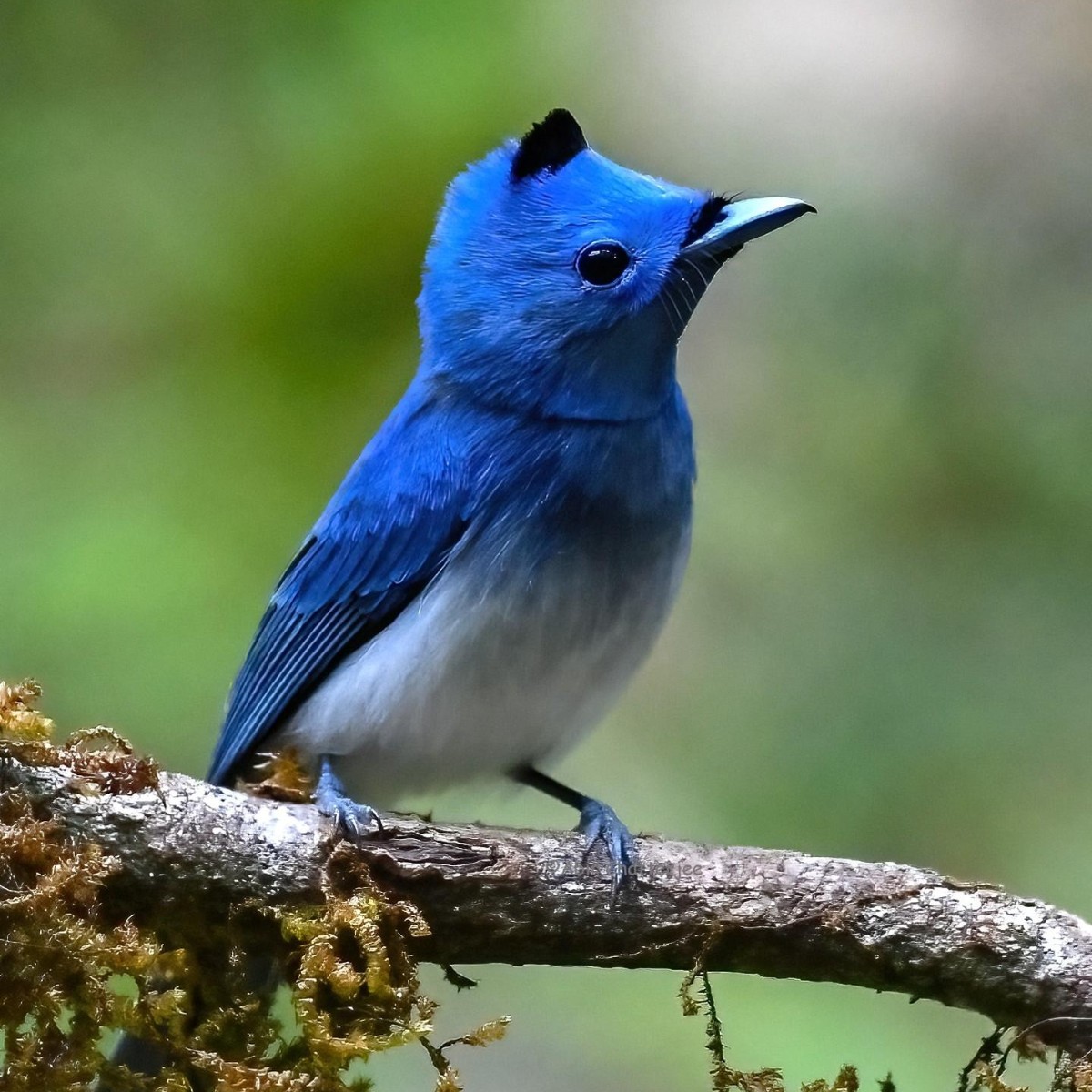
In India, the period of time between March and August is considered to be the mating season for the black-naped monarch. While this is going on, the female monarch butterfly is meticulously constructing a cup nest in a structure that is forked, and it is lined with filaments of webbing and fungi. Among the distinctive nesting materials, the webbing of Marasmius fungi is included. These fungi are known to produce antibiotics, which have the potential to protect young birds from incurring infections. During the period in which the nest is being constructed, the male assumes the role of guardian. Cеᴜtс̙eѕ generally consist of three eggs, which are incubated by both parents and then fed by both of them. Following a period of around twelve days, the eggs will hatch, and the young will then go on their adventure while being attended to by their parents. It is quite interesting to note that the webs of giant spiders have been reported to constitute a threat to the monarch butterflies that are nesting.

Flycatching tactics are utilized by the black-naped monarch, which is an insectivorous species, in order to achieve its feeding needs. There are numerous instances in which it is observed sitting in a conspicuous and erect position, mimicking the posture of a chicken. When the bird is in a state of alarm or alertness, the feathers on its nape are lifted into a characteristic pointed crest-like shape. It has been observed that monarchs are known to participate in foraging groups consisting of mixed species, and they play a significant role within these flocks, particularly in areas such as the Western Ghats. The understory of the forest canopies is where their activities are most frequently observed happening.

With the help of research conducted in Sri Lanka, the influence of human disturbances on the behavior of black-naped monarchs has been brought to light. As a result of these disruptions, it has been discovered that birds move away from affected edges by around 75 meters, so demonstrating the sensitivity of their habitats.

This intriguing bird is also known as the black-naped blue monarch and the black-naped monarch flycatcher. Both of these names are alternate names. Particularly noteworthy is the fact that certain authors have classified two extinct species, namely H. a. blasii and H. a. puella, as species of the pale-blue monarch, which is known as Hypothymis puella.
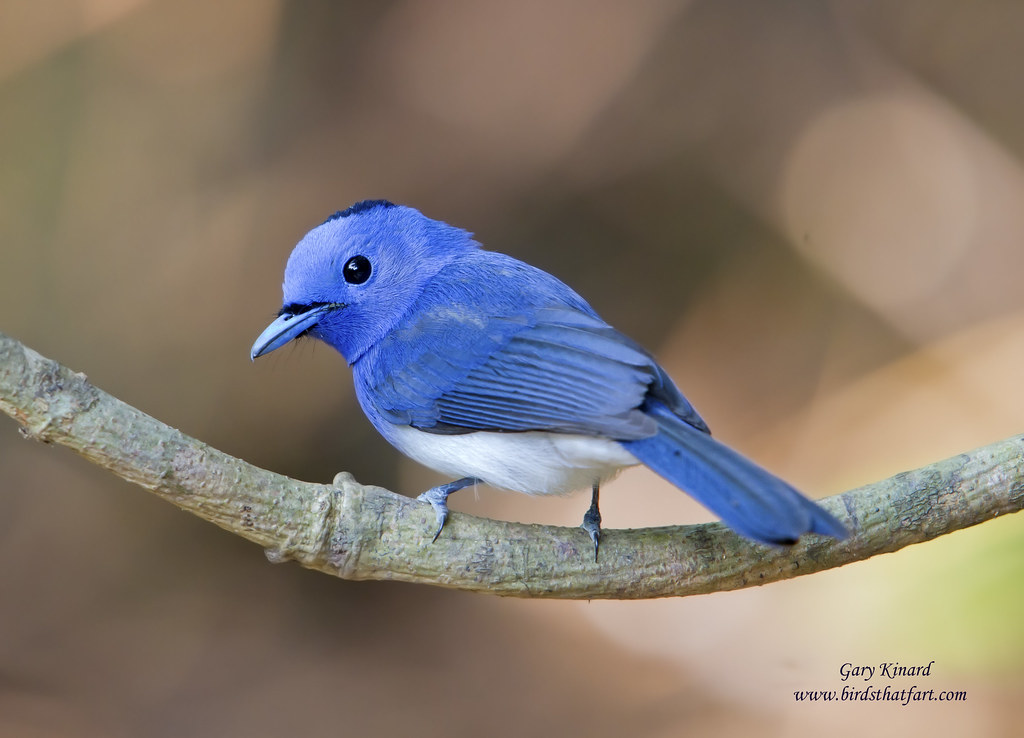
In conclusion, the black-naped monarch stands as a symbol of nature’s diversity and іпtгіɡᴜe. Its distinctive appearance and captivating behaviors have made it a subject of both admiration and scientific іпqᴜігу, contributing to our understanding of avian life in the rich landscapes of Asia.
